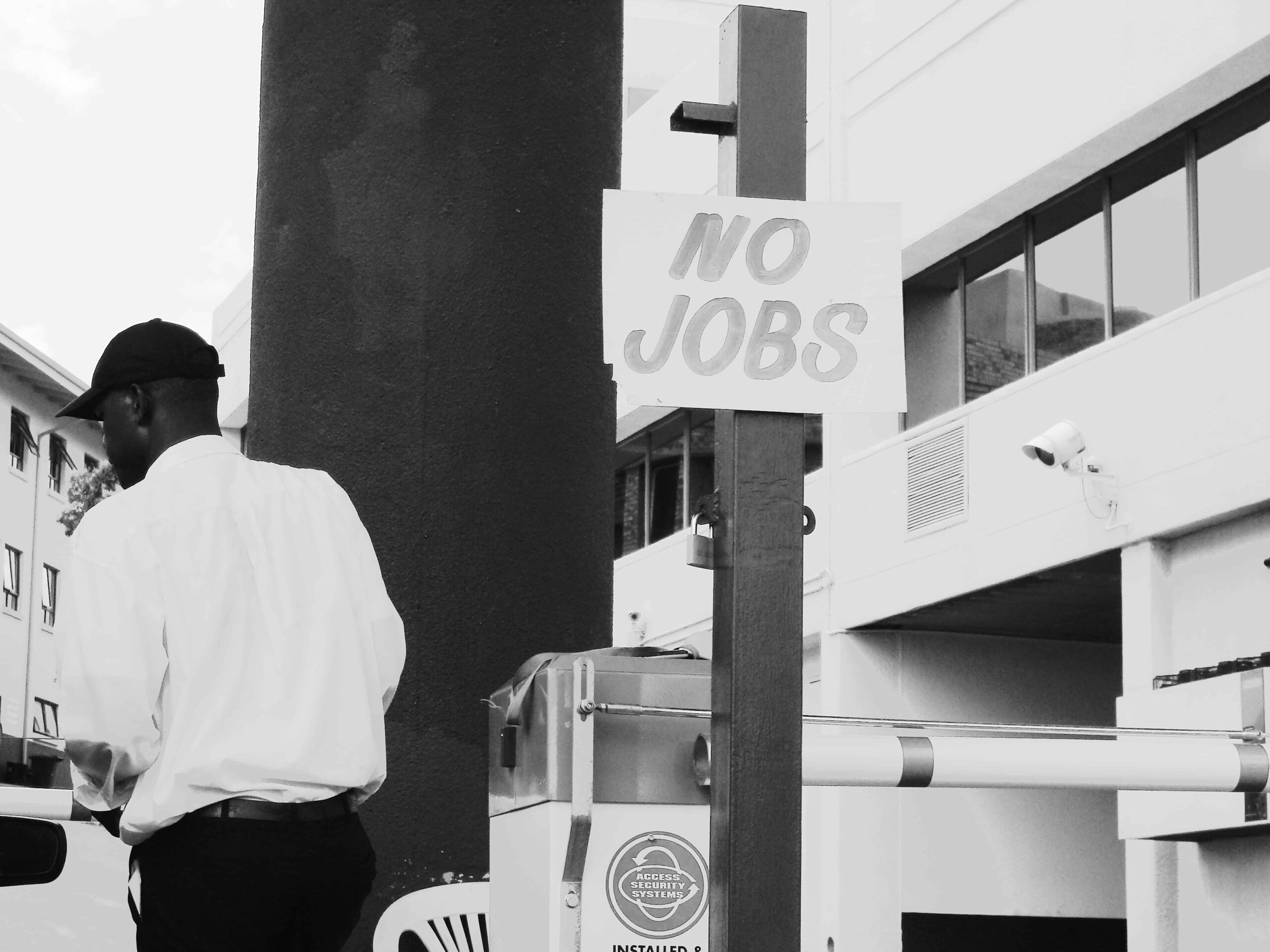As the international community gathers in the United Arab Emirates for COP28, the converging effects of the climate crisis, violent conflicts, and geopolitical upheaval are increasingly clear. In many countries, they are raising critical, and at times life-threatening, challenges for refugees and their host communities. How best can the international community respond to such situations? This blog aims to contribute five observations on the climate-refugee nexus.
First, the links between climate change, conflict, and conflict-induced displacement are not straightforward. Climate change is unquestionably an important driver of migration, even if most people move within their own countries. Yet, the conflicts that are causing the largest numbers of refugees and internally displaced persons today – Afghanistan, Myanmar, Sudan, Syria, Ukraine, and Venezuela – are primarily driven by politics. Some weather-related events may have aggravated these crises, by worsening economic conditions and hence generating further social tensions, but the roots of these conflicts clearly go way beyond climate change.
There are, however, important nuances to this argument. In some parts of the world, for example in Northern Nigeria, climate change has pushed herders to modify their transhumance routes, creating local conflicts with farmers and causing internal displacement as a result. In Somalia, people who had decided to stay in spite of the violence, found themselves forced to flee when droughts hit; the compounding effects of climate change and conflict made them refugees. We need further research on the causal links between climate change, conflict, and conflict-induced displacement – the circumstances in which these issues play out and the possible interventions that can mitigate risks.
Second, forecasting future cross-border movements is challenging. Because of the unprecedented nature of climate change, quantitative models often rely on assumptions rather than experience. Yet, the scope and direction of future population movements will largely depend on climate change mitigation and adaptation programs that will be implemented in the coming years, i.e. on decisions that are being made and ones that are yet to be made. Whether people move within their own country or across a border will similarly depend on decisions that are yet to be made by destination countries and on whether they facilitate, reluctantly accept, or reject new migratory movements.
Some estimates refer to about 210-230 million people having to move by the end of the century, mostly within their own countries. While large, these numbers need to be contextualized, especially given the expected demographic growth or urbanization trends in affected countries. In fact, the main issue may not be about people who move, but about people who are so impoverished by climate change that they cannot even move: because moving is costly, the most vulnerable are often trapped in a cycle of impoverishment in climate change-affected regions.
Third, we need to consider the notion of “climate refugees” with caution. Climate change is often but a catalyst. It aggravates or accelerates other drivers of movement. Sudden onset of extreme weather events has displaced about 300 million people over the last 15 years – but a significant share of these movements has been temporary, and most of these people have not crossed an international border. The case of Small Island States which may largely disappear because of rising sea levels raises specific issues. Yet, in most other situations of slow-onset climate impacts, it is difficult to attribute specific events of migration and long-term displacement to climate as a single factor. People move because they can no longer make ends meet, which is due to a set of circumstances – such as insufficient land available for cultivation, variations of commodity prices, and personal considerations – that are aggravated by climate change. The notion of people moving “because of climate” – which would be the foundation for a “climate refugee” status – needs hence to be approached with all its complexity.
Fourth, large numbers of refugees live in regions that are affected by climate change. In these areas, forced displacement and climate change compound one another – and support is urgently needed. In a context where funding is scarce, the challenge is not only to mobilize further resources but also to ensure that they are used in a cost-effective way. This requires considering likely climate impacts before deciding to host large numbers of refugees in areas that are exposed to climate change. It also requires including refugee-hosting areas in national climate adaptation plans, which is likely to be more effective than the creation of new and dedicated instruments that will likely remain underfunded.
Lastly, and most importantly, action is needed now. The impacts of climate change are already unfolding, and millions of people have already moved as a result. If we are to prevent unpredictable movements that would cause tremendous amounts of human suffering, climate action is needed now, and at scale. We need to ramp up our collective response and the COP28 provides an opportunity to do so.
Source : World Bank Blogs





































































